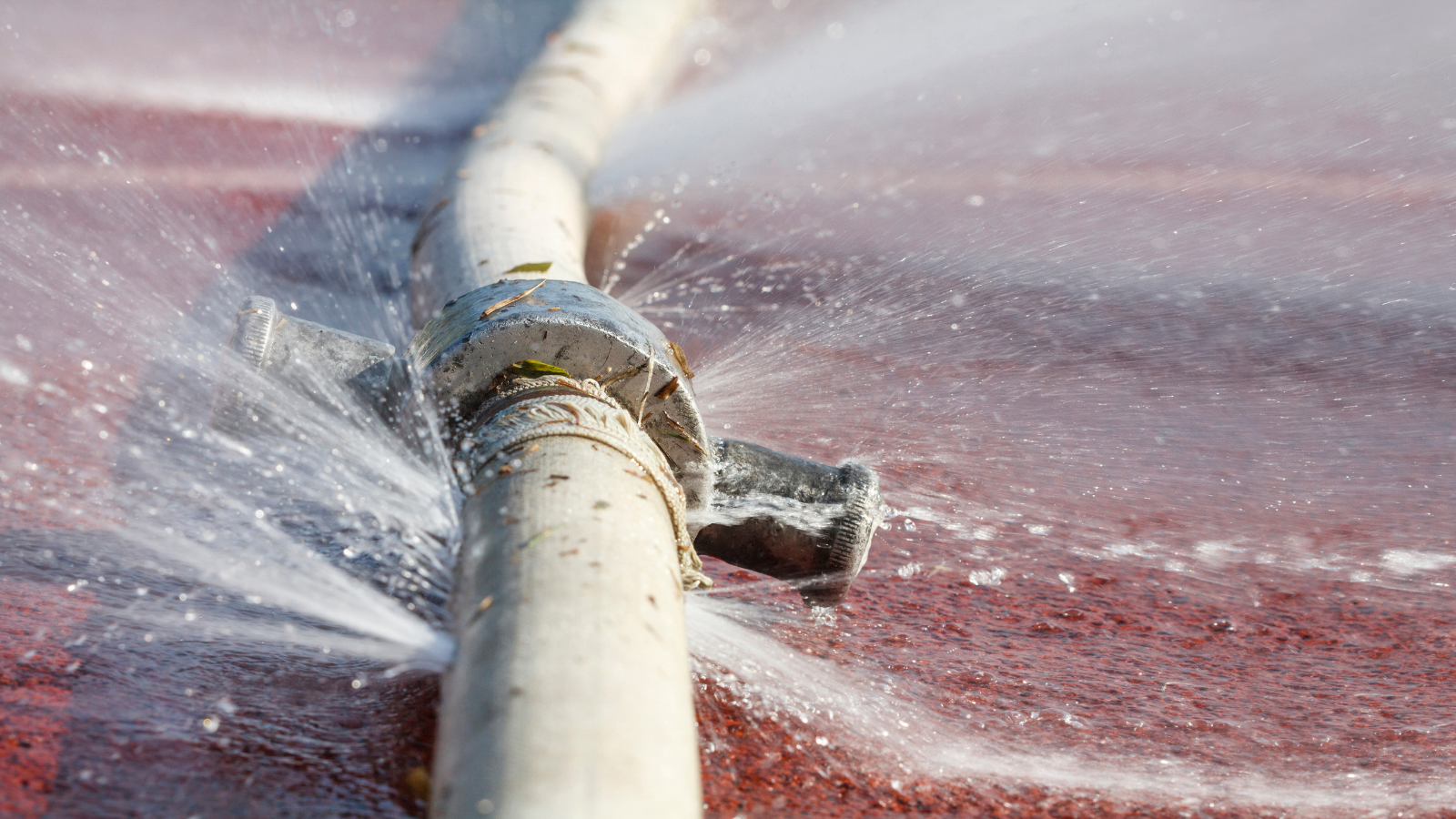Water leaks can seriously harm your house, requiring expensive repairs and perhaps posing health risks. risks. While some leaks are easy, hidden water leaks can be elusive and challenging to detect. Early identification is crucial to prevent severe damage. In this blog post, we’ll guide you through detecting water leaks, diagnosing hidden leaks, and recognizing 14 signs that you might have a water leak in your home.
Struggling with a leaky faucet, a new shower installation, or a stubborn clogged drain? Plumbing issues can be a real hassle, affecting your home’s comfort or disrupting your business. When you need a reliable solution, CBJ Plumbers is here to help. From little fixes to significant crises, our staff is dedicated to delivering efficient and effective plumbing services.
How to Detect Water Leakage in a House
Finding water leaks involves careful observation and systematic checks:
1. Monitor Your Water Bill: A sudden spikein your water bill might be a sign of a concealed leak. Compare your current bill with past ones and watch for unusual increases. Consistent spikes, even if small, may signal a problem.
2. Check Your Water Meter: Make sure that every water source in your house is off, including the irrigation system, appliances, and faucets. Next, check your water meter. You may leak if it continues to move despite all water sources being off.
3. Inspect Your Home’s Exterior: Examine your home’s foundation for pooling water, damp soil, or unusual vegetation growth. These signs could indicate a leak in your outdoor plumbing or irrigation system.
4. Review Your Water Pressure: Low water pressure can sometimes signal a hidden leak. It might be worth investigating further if you notice a significant drop in water pressure.
How to Diagnose a Hidden Water Leak
Diagnosing hidden water leaks requires targeted testing and careful observation:
1. Use a Moisture Meter: A moisture meter measures the moisture content in materials like walls and floors. Higher moisture readings in areas not usually exposed to water may indicate a hidden leak.
2. Conduct a Leak Detection Test: Turn off all water appliances and record the reading on your water meter. After several hours, recheck the meter. A change in the reading suggests a leak might be present.
3. Perform a Dye Test: Put a few food coloring drops in the tank of your toilet and wait 30 minutes without flushing. If the colored water appears in the bowl, it indicates a leak in the toilet’s flapper or other internal parts.
4. Inspect Pipes and Appliances: Look for visible signs of moisture or corrosion on pipes, appliances, and fixtures. Leaky faucets, hoses, or connections may signal more significant plumbing issues.
14 Signs You Might Have a Hidden Water Leak
1. Musty Odors: Persistent musty smells, especially in basements or attics, can indicate hidden mold due to prolonged moisture exposure from a leak.
2. Discolored Walls or Ceilings: Stains or discoloration on walls or ceilings often signal water damage. Leaks behind these surfaces can cause these discolorations.
3. Peeling Paint or Wallpaper: Bubbling or peeling paint and wallpaper typically result from moisture damage. If you notice these issues, moisture may be seeping into your walls.
4. Warped Flooring: Wood or laminate floors that buckle, sag, or warp can indicate water leakage underneath. If addressed, this can lead to significant structural damage.
5. Mold Growth: Visible mold on walls, floors, or ceilings strongly suggests moisture problems. Mold thrives in damp conditions, often due to hidden leaks.
6. Increased Water Bills: A sudden rise in The amount you pay for water may indicate a leak. Consistent increases in water usage indicate a problem somewhere in your system.
7. Wet or Damp Spots: Persistent wet spots on floors, walls, or ceilings could signal a hidden leak. These spots often appear in areas where water shouldn’t usually accumulate.
8. Unusual Sounds: Gurgling, hissing, or dripping noises from pipes or walls can indicate water leakage within the system. While these sounds might be subtle, they are worth investigating.
9. Cracks in Walls or Foundations: Cracks in walls or foundations may result from water damage and shifting caused by leaks. These cracks can indicate significant underlying issues.
10. Flaking or Bubbling Paint: Paint that flakes, bubbles, or peels away from surfaces often suggests moisture trapped behind it. This is a common sign of water infiltration.
11. Sagging Ceilings: A ceiling that sags or bulges may be holding water from a hidden leak. If not addressed promptly, this can lead to further structural damage.
12. Damp Smell: An unusual damp smell in certain areas of your home can indicate concealed moisture, often due to a hidden leak.
13. Puddles in Unusual Places: Puddles or wet areas where water shouldn’t be are strong indicators of leaks. These puddles can form due to water escaping from pipes or fixtures.
14. Increased Humidity: Hidden water leaks can increase indoor humidity. If you notice a persistent rise in humidity, it might be worth checking for leaks.
Conclusion
Hidden water leaks has the potential to seriously harm your house and create health hazards if left unchecked. By remaining watchful and identifying the symptoms of hidden leaks, you can address issues before they escalate into costly repairs. Regular monitoring, timely inspections, and prompt action are essential to protecting your home from the damaging effects of water leaks. If you think there may be a leak, get expert assistance. for accurate detection and resolution. Proactive measures are the best way to keep your home safe and to keep your living space hygienic.





